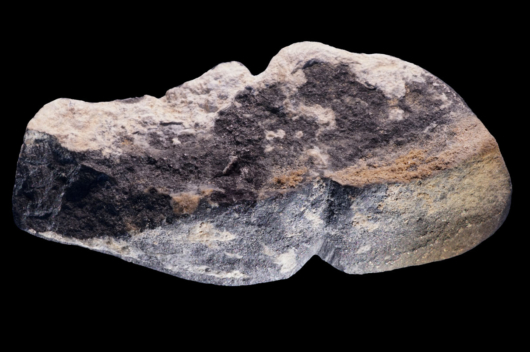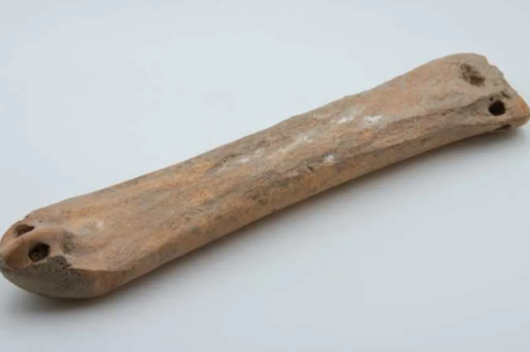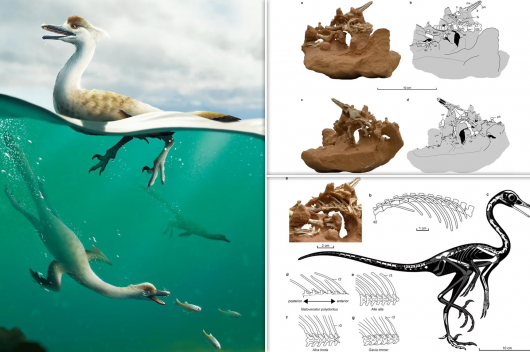The tomb of a Mongol ‘woman warrior’ has been discovered in Khuvsgul Province. In an archaeological dig, not far from the Russian border, involving specialists from the Irkutsk Technical University the remains of a woman who was 30 to 40 years old and was tall for her time – some 180 centimetres in height.
The remarkable find was made at Urd Khyar Site 1. The suspected female fighter capable of battling men was buried entirely with ‘male items’ in a wooden coffin made from a whole log.
Professor Artur Kharinsky, leader of the expedition, told The Siberian Times: ‘The buried person we discovered is a kind of ‘Mongolian Amazon’, a strong enough lady who could overcome some men.
‘It can be assumed that she was a warrior, since she was buried with a long iron knife, hatchet, saddle with stirrups and a bronze bowl, an extremely rare attribute for female burials. ‘She has large limb bones, which indicates her physical strength.’ Despite her physical prowess, she was – by her death – ‘seriously ill’, said the professor. ‘She had lost most of her teeth during her lifetime,’ he explained. The holes in the roots of the teeth were overgrown, and growths had appeared on the bones of the jaws. The shape of her pelvic bones and jaw is the tell tale sign for her sex but DNA analysis is due to take place to check there is no error in the conclusion.
A slightly earlier find in the neighbouring Urd Khyar 2 burial site has revealed a ‘wealthy’ female from the late 13th century buried with ‘expensive gifts from Europe’. On her chest were found two gold plaques, decorated with filigree and granulation and gems. Also there was found a fragment of an amber disk with carved floral ornaments. Professor Kharinsky believes that these precious trophies were brought to this woman by her fiancee or husband, who took part in the conquests in Europe.
He said: ‘These things are clearly of European origin and could be obtained by a Mongol warrior during a campaign in the West, and then presented to his beloved. ‘These items are not the result of trading, they did not preserve their integrity. ‘They were clearly the result of a share of booty between the warriors.’ ‘The woman was quite wealthy. In the area of her belt there was a bronze mirror, on the reverse side of which are images of dragons.
‘Near the bones of the right leg were found the remains of a birch-bark base of the headdress called boghta. ‘This headdress is a characteristic part of the costume of Mongolian women of the imperial period. The Mongols surged through such lands as modern-day European Russia, Poland, Hungary, Croatia, the Czech Republic, and southern Germany.
All the finds will remain in Mongolia. Analysis will be conducted in the laboratories of Ulaanbaatar State University. The antiquities will be passed to local museums.
The international team was headed by Professor Artur Kharinsky. Other experts taking part were Professor Dmitry Kichigin, laboratory assistant Matvey Portnyagin, along with students of Irkutsk State University. The curator of the Mongolian group, teacher Orgilbayar Samdantsoodol and undergraduates of Ulaanbaatar State University also participated in the excavations. (Siberian Times)
 3,377.35
3,377.35












Related News